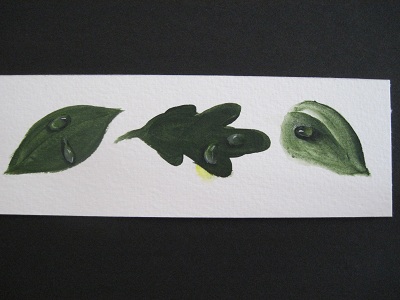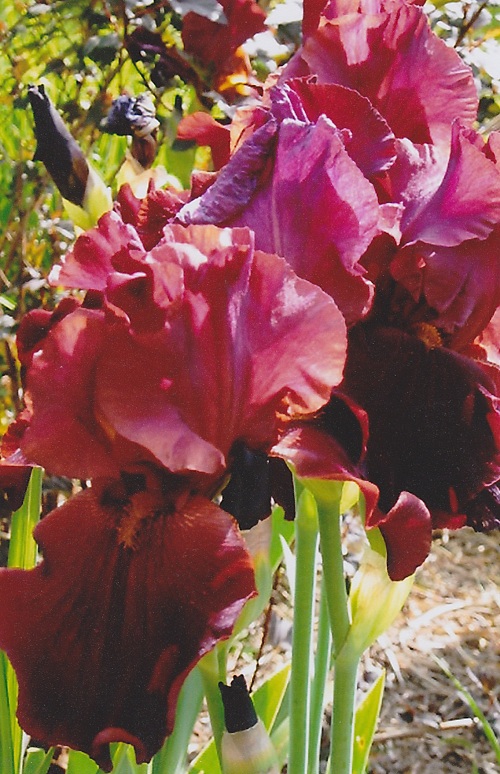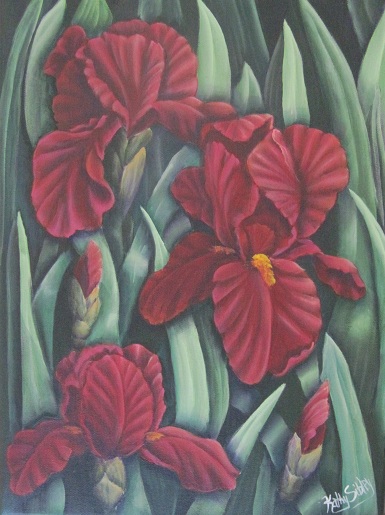Solving A Painting That Is Not Working
It happens to all of us. You're happily working on a painting and as you think you are finished, you can see something is not right. Sometimes it's obvious like the colors are clashing, or the proportions are wrong. Other times……you just can't see where the problem is but you know it's there. What to do? Here's some suggestions I use:
– move the painting to another room for fresh perspective
– turn it upside down. You'd be amazed at how this simple trick helps your eye see the painting differently
– put it away for a few days and look at it with fresh eyes.
– show it to another artist – they can usually see where the problem lies.
– ask your family members – they never hold back the truth and they look at it differently since they are not artists
Here is my current painting that is having issues:
.jpg)
Can you see what isn't working?
My family noticed right away that the painting was lopsided. Non artist words but right on target. If you mentally divide the painting in 1/2 – the right half has sunflowers and pumpkins, the left half – it's one pumpkin. A composition boo boo that I missed way back in the sketching out of the painting.
How to fix this?
Step one – brainstorm how to balance the painting,
Step two – get a piece of everyday chalk and start sketching out right on the painting what changes might work.
Stay tuned tomorrow to see what we came up with!
.jpg)
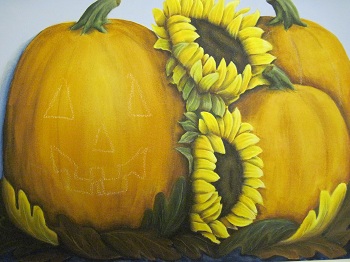
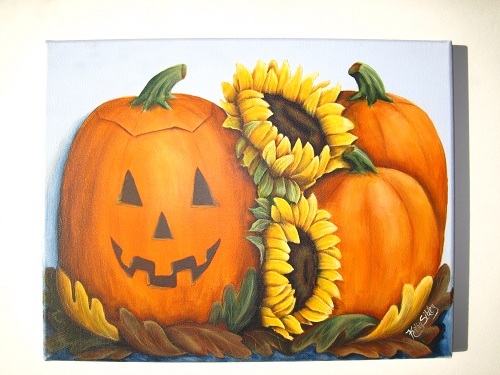
.jpg)
